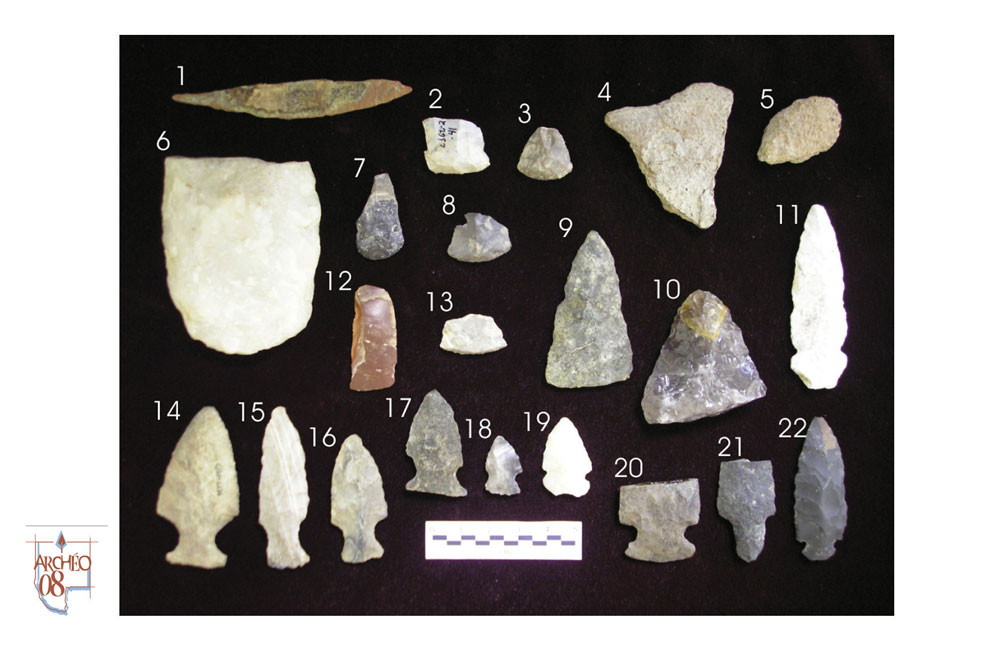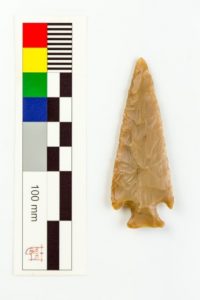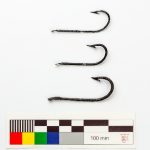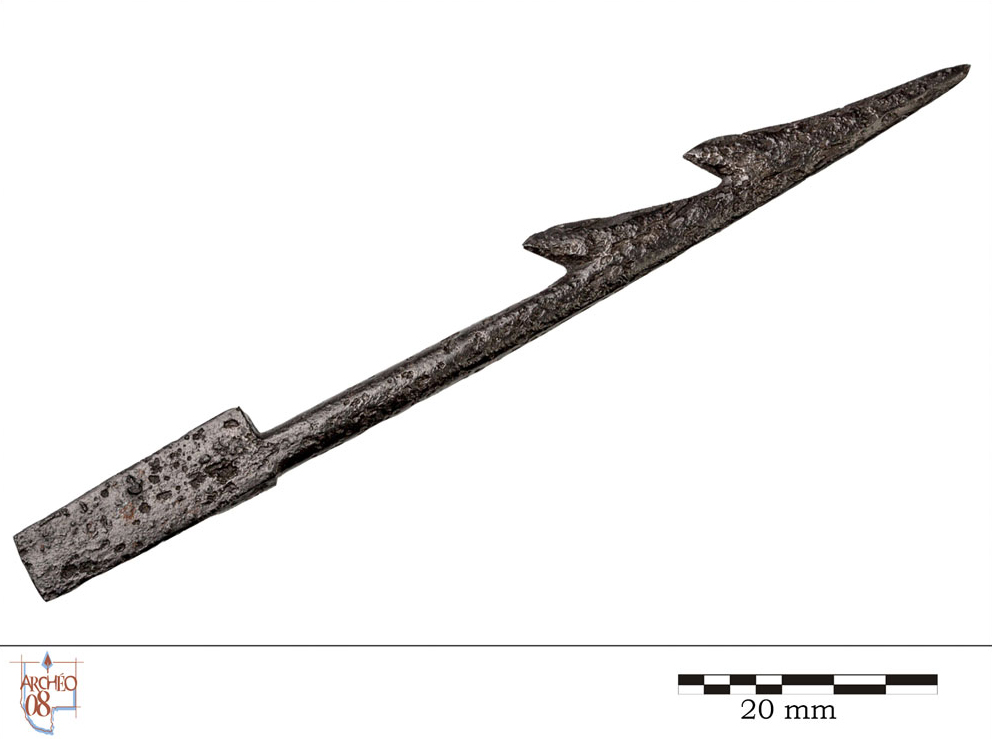Nintano8ki aki, nitanoki aki, «My Hunting Ground»
Long before colonization, Abitibi-Témiscamingue was first and foremost the domain of the First Nations, more specifically the Anicinabek First Nations and their ancestors. The forest and its natural resources were a source of life for more than 7,000 years to these first inhabitants.
It’s therefore nutrition that would be noted as the most important role of the regional flora and fauna. The Natives of this region were great hunters and fishermen; meat being their primary source of subsistence. On their plates you would find as many large game, such as black bear, caribou and moose, as you would smaller game, like beaver, partridge, hare and fish. Their dishes were completed by gathering mainly berries and roots.
The totality of Algonquin people food supply was reliant on the surrounding forests, it also supplied them with most of their other life-sustaining essential resources. Furs, animal bones, vegetation and stones were much needed materials used in everything from the fabrication of homes, transportation, to clothing and medicines.
Thanks to its economic profitability, the region forests aloud the Algonquin bands to support the needs of their community even during the colonization. Many of them were able to adapt to overturning of their traditional way of life by trading and selling furs, working as loggers and lumberjacks, or even as forest guides. Even today as the survival of these groups are no longer tied uniquely to their crude natural resources, many members of the regions native communities continue to engage in hunting, fishing, gathering and traditional artisanal methods for the love of this territory and because they feel at home doing so.
Richard Kistabish’s Testimony
Richard Kistabish is the president of the Minwashin organization. He has been working in the social and health sectors for many years. In this video, he is talking about his youth and life in nature at the time, he has fond memories of it.
Click here to view the video with an English transcript.
It is like taking a trip and coming back. Life is good here. We have beautiful trees. It is our benchmark, our pantry, our toponymy.
– Roger Wylde
Visual artist, comedian, traditional Abitibiwinni craftsman from Pikogan, and Vice President of Minwashin, an organization offering professional structure for anicinabek artists of the land since 2017.
Interview – October 12, 2018





